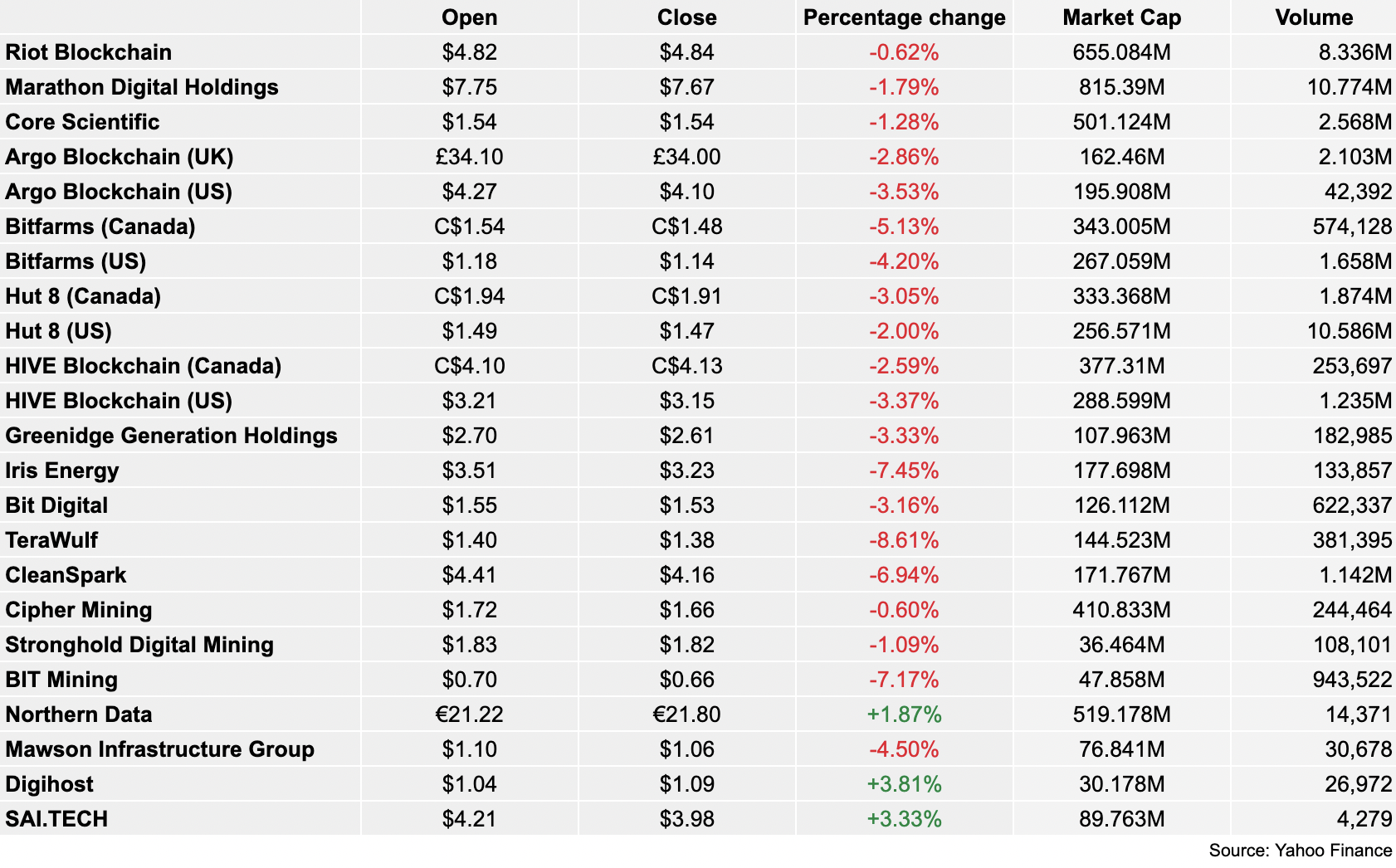Episode 63 of Season 4 of The Scoop was recorded live at The Block headquarters in New York with The Block’s Frank Chaparro and Kevin Seqniki, COO of Ava Labs.
Listen below, and subscribe to The Scoop on Apple, Spotify, Google Podcasts, Stitcher or wherever you listen to podcasts. Email feedback and revision requests to podcast@theblockcrypto.com.
No matter the blockchain, individual blocks are limited in the amount of information they can hold; so when blockspace becomes limited, transaction fees increase.
As Ava Labs COO Kevin Sekniqi puts it: “Chains are only cheap as long as the blockspace has not been filled up completely — once blockspace gets filled up completely, it becomes expensive.”
In this episode of the Scoop, Sekniqi explains how Avalanche — the proof-of-stake blockchain Ava Labs launched back in September 2020 — utilizes ‘subnets’ to tackle the problem of blockchain scalability, and how subnets compare to other scaling solutions.
As Sekniqi explains, existing validators of the Avalanche blockchain are able to deploy new subnets, and choose the rules of how they operate:
“The simplest way to describe subnets… is a subset of the Avalanche validators coming together and agreeing to do something.”
For example, the validators of a new subnet could choose to optimize the specifications of the new chain for a specific application, or validators could choose to require users to undergo KYC before interacting with the new subnet.
Whereas an Avalanche subnet could theoretically be run with just a single validator, popular scaling solutions on Ethereum rely on the entire validator set of the base chain to process transactions.
Sekniqi argues that this approach is likely unnecessary, and creates “extreme overhead that you don’t really want.”
Instead, Sekniqi believes the number of validators securing a chain should scale organically alongside its value:
“If there’s a lot of activity and it truly is a very valuable chain, more and more people will start validating that chain because there are incentives… and so [security] scales up as the value is built upon it.”
During this episode, Chaparro and Sekniqi also discuss:
- Crypto’s highly reflexive nature
- Blockchain gaming, and gaming optimized subnets
- The need for industry-wide regulation
This episode is brought to you by our sponsors Chainalysis & IWC Schauffhausen
About Chainalysis
Chainalysis is the leading blockchain data platform. We provide data, software, services, and research to government agencies, exchanges, financial institutions, and insurance and cybersecurity companies in over 60 countries. Backed by Accel, Addition, Benchmark, Coatue, Paradigm, Ribbit, and other leading firms in venture capital, Chainalysis builds trust in blockchains to promote more financial freedom with less risk. For more information, visit www.chainalysis.com.
About IWC Schaffhausen
IWC Schaffhausen is a Swiss luxury watch manufacturer based in Schaffhausen, Switzerland. Known for its unique engineering approach to watchmaking, IWC combines the best of human craftsmanship and creativity with cutting-edge technology and processes. With collections like the Portugieser and the Pilot’s Watches, the brand covers the whole spectrum from elegant timepieces to sports watches. For more information, visit IWC.com
© 2022 The Block Crypto, Inc. All Rights Reserved. This article is provided for informational purposes only. It is not offered or intended to be used as legal, tax, investment, financial, or other advice.
Go to Source
Author: Davis Quinton and Frank Chaparro


